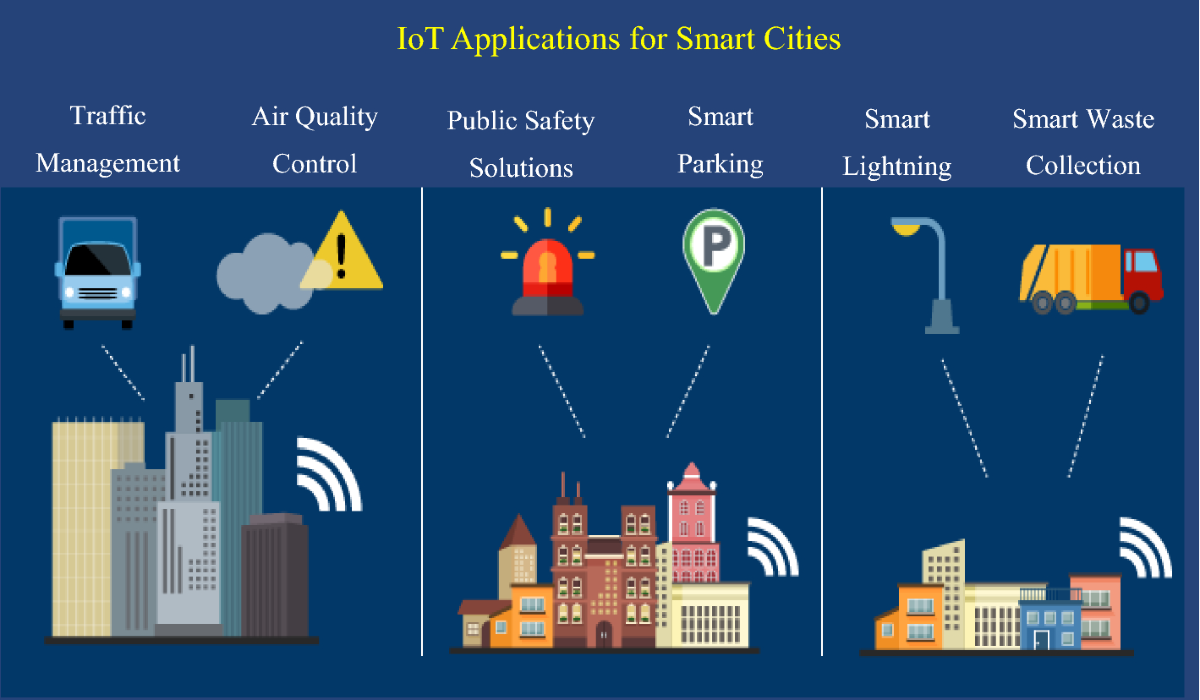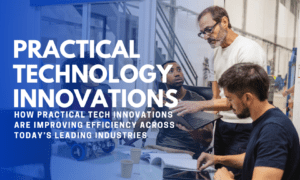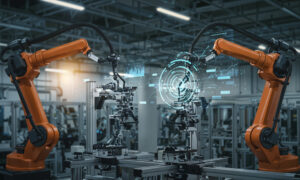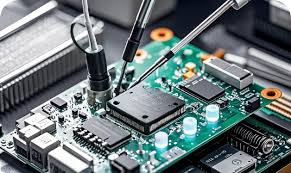The Internet of Things (IoT) is the more than just a buzzword. It represents a seismic shift in how devices, systems, and people interact. As IoT continues to evolve, its implications for IT infrastructure are profound. From enhancing operational efficiency to creating entirely new business models, IoT solutions are shaping the future of smart technology in exciting and complex ways.
The Rise of IoT
Over the past decade, we’ve witnessed exponential growth in connected devices. According to Statista, the number of IoT devices worldwide is projected to reach over 30 billion by 2030. These devices range from consumer products like smart thermostats and wearable fitness trackers to industrial applications such as predictive maintenance sensors and connected manufacturing equipment.
This surge in connectivity is driven by advancements in wireless technology, reductions in hardware costs, and the proliferation of cloud computing. Together, these developments are laying the groundwork for a future where virtually everything can be connected, monitored, and managed remotely.
Smart Technologies Driving Transformation
Edge Computing
One of the most significant developments accompanying the IoT revolution is the rise of edge computing. This is especially critical for applications requiring real-time responses, such as autonomous vehicles or smart grid systems.
Edge computing enhances efficiency and responsiveness by minimizing the need to transmit large volumes of data to centralized servers. For IT infrastructure, this means a shift from traditional data center-centric models to more distributed architectures.
Artificial Intelligence and Machine Learning
AI and ML are indispensable to understanding the massive volumes of data generated by IoT devices. These technologies enable predictive analytics, anomaly detection, and automated decision-making, adding layers of intelligence to IoT solutions.
For example, in a smart factory, AI algorithms can predict equipment failures before they happen, allowing for preemptive maintenance and reducing downtime. This predictive capability not only boosts productivity but also helps in resource optimization.
5G Connectivity
5G is the backbone of future IoT ecosystems. With its ultra-low latency, high speed, and the ability to connect a vast number of devices simultaneously, 5G opens up possibilities that were previously unattainable. Smart cities, remote surgery, and advanced robotics all stand to benefit from the enhanced capabilities provided by 5G networks.
From an IT infrastructure perspective, 5G necessitates new investments in network design, security, and data management protocols.
Implications for IT Infrastructure
Data Management
IoT devices generate enormous amounts of data, much of it unstructured. Managing this data effectively requires robust storage solutions, high-throughput processing capabilities, and scalable cloud services. Traditional data warehouses may no longer suffice, pushing organizations toward more agile, scalable platforms like data lakes and hybrid cloud solutions.
Moreover, the ability to analyze data in near real-time is becoming essential, especially for industries where rapid response times are critical. This requires investments in both hardware and software capable of handling high-velocity data streams.
Security Challenges
Security is a significant concern in the IoT landscape. With more devices connected to the network, the attack surface expands exponentially. Each endpoint is a potential entry point for cyber threats, making comprehensive security frameworks a necessity.
IT teams must implement multi-layered security measures, including encryption, authentication protocols, and continuous monitoring. Additionally, there needs to be a concerted effort in device lifecycle management—from secure onboarding to timely decommissioning.
Network Infrastructure
The influx of IoT devices places immense pressure on existing network infrastructure. High-speed, low-latency networks are essential to accommodate the increased data traffic and ensure seamless communication between devices.
Organizations must evaluate their current network capabilities and invest in scalable solutions such as software-defined networking (SDN) and network function virtualization (NFV). These technologies provide the flexibility and scalability needed to support dynamic IoT environments.
Interoperability and Standards
A fragmented IoT ecosystem, where devices from different manufacturers can’t communicate effectively, can undermine the potential benefits of smart technologies. Standardization and interoperability are crucial for seamless integration and scalability.
The development of common protocols and frameworks ensures that IoT solutions can work cohesively across various platforms and industries.
Industry Use Cases
Healthcare
IoT is revolutionizing healthcare through applications like remote patient monitoring, smart medical devices, and real-time health data analytics.
For instance, wearable devices that monitor vital signs can alert healthcare providers in real-time about critical changes, enabling faster interventions.
Manufacturing
In manufacturing, IoT solutions enable predictive maintenance, supply chain optimization, and enhanced worker safety. Sensors on machinery can detect anomalies and trigger alerts before a failure occurs, minimizing downtime and maintenance costs.
Moreover, real-time data from production lines can be used to optimize processes and reduce waste, contributing to leaner operations.
Agriculture
Smart farming technologies, such as soil sensors, weather monitoring systems, and autonomous tractors, are transforming agriculture. These tools help farmers make data-driven decisions, resulting in increased yields and sustainable practices.
IoT also facilitates remote monitoring of livestock, improving animal health and reducing labor costs.
Smart Cities
Smart city initiatives leverage IoT to enhance urban living. These systems rely on interconnected devices and real-time data to optimize resources and improve quality of life.
The Road Ahead
As IoT technology matures, its impact on IT infrastructure will become even more pronounced. Organizations must adopt a proactive approach to stay ahead of the curve. This involves continuous investment in new technologies, upskilling IT staff, and fostering a culture of innovation.
Furthermore, collaboration between stakeholders, including device manufacturers, software developers, and regulatory bodies, is essential to building a secure, interoperable, and scalable IoT ecosystem.
Emerging Trends to Watch
- Digital Twins: The use of virtual replicas to simulate and analyze physical assets in real-time.
- Blockchain Integration: Enhancing security and transparency in IoT transactions.
- Sustainable IoT: Designing energy-efficient devices and using IoT to drive environmental sustainability.
- IoT-as-a-Service (IoTaaS): Subscription-based models make IoT solutions more accessible to smaller businesses.
Conclusion
The future of IoT is brimming with possibilities. From transforming industries to redefining IT infrastructure, smart technologies‘ influence is broad and deep. However, realizing the full potential of IoT solutions requires a strategic, well-coordinated effort encompassing technology, people, and processes.
As we move forward, the organizations that succeed will be those that can adapt quickly, invest wisely, and embrace the new paradigm that IoT represents. The journey may be complex, but the rewards are immense for those ready to seize the opportunity.



































